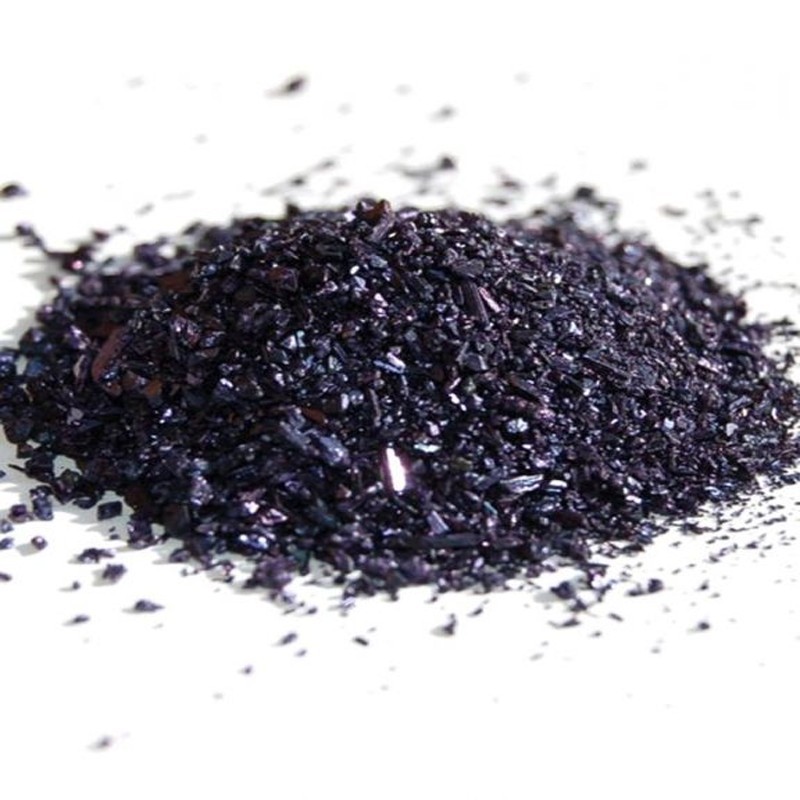Potassium permanganate is an inorganic compound with the chemical formula KMnO4 and composed of K+ and MnO−
4. It is a purplish-black crystalline salt, that dissolves in water to give intensely pink or purple solutions.
Potassium permanganate is widely used in chemical industry and laboratories as a strong oxidizing agent, and also as a medication for dermatitis, for cleaning wounds, and general disinfection. It is on the WHO Model List of Essential Medicines, the safest and most effective medicines needed in a health system.[5] In 2000, worldwide production was estimated at 30,000 tonnes.
Potassium permanganate is used for a number of skin conditions.[7] This includes fungal infections of the foot, impetigo, pemphigus, superficial wounds, dermatitis, and tropical ulcers.[8][7] It is on the World Health Organization's List of Essential Medicines, the safest and most effective medicines needed in a health system.[5]
Water treatment
Potassium permanganate is used extensively in the water treatment industry. It is used as a regeneration chemical to remove iron and hydrogen sulfide (rotten egg smell) from well water via a "Manganese Greensand" Filter. "Pot-Perm" is also obtainable at pool supply stores and is used additionally to treat waste water. Historically it was used to disinfect drinking water[9][10] and can turn the water pink.[11] It currently finds application in the control of nuisance organisms such as zebra mussels in fresh water collection and treatment systems.[12]
Synthesis of organic compounds
A solution of KMnO4 in water, in a volumetric flask
A major application of KMnO4 is as a reagent for the synthesis of organic compounds.[13] Significant amounts are required for the synthesis of ascorbic acid, chloramphenicol, saccharin, isonicotinic acid, and pyrazinoic acid.[6]
KMnO4 is used in qualitative organic analysis to test for the presence of unsaturation. It is sometimes referred to as Baeyer's reagent after the German organic chemist Adolf von Baeyer . The reagent is an alkaline solution of potassium permanganate. Reaction with double or triple bonds (-C=C- or -C≡C-) causes the color to fade from purplish-pink to brown. Aldehydes and formic acid (and formates) also give a positive test.[14] The test is antiquated.

Login To Comment